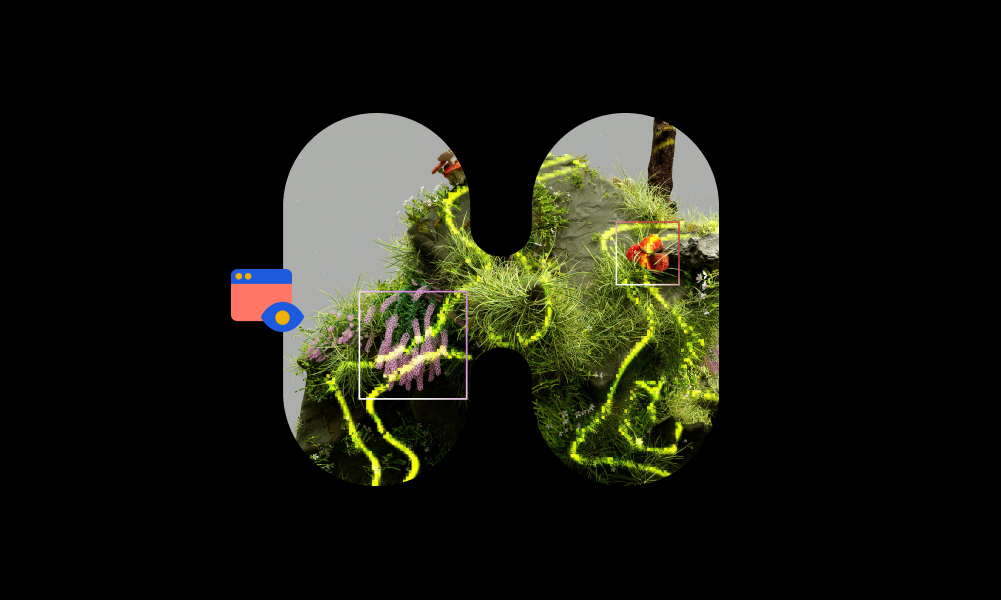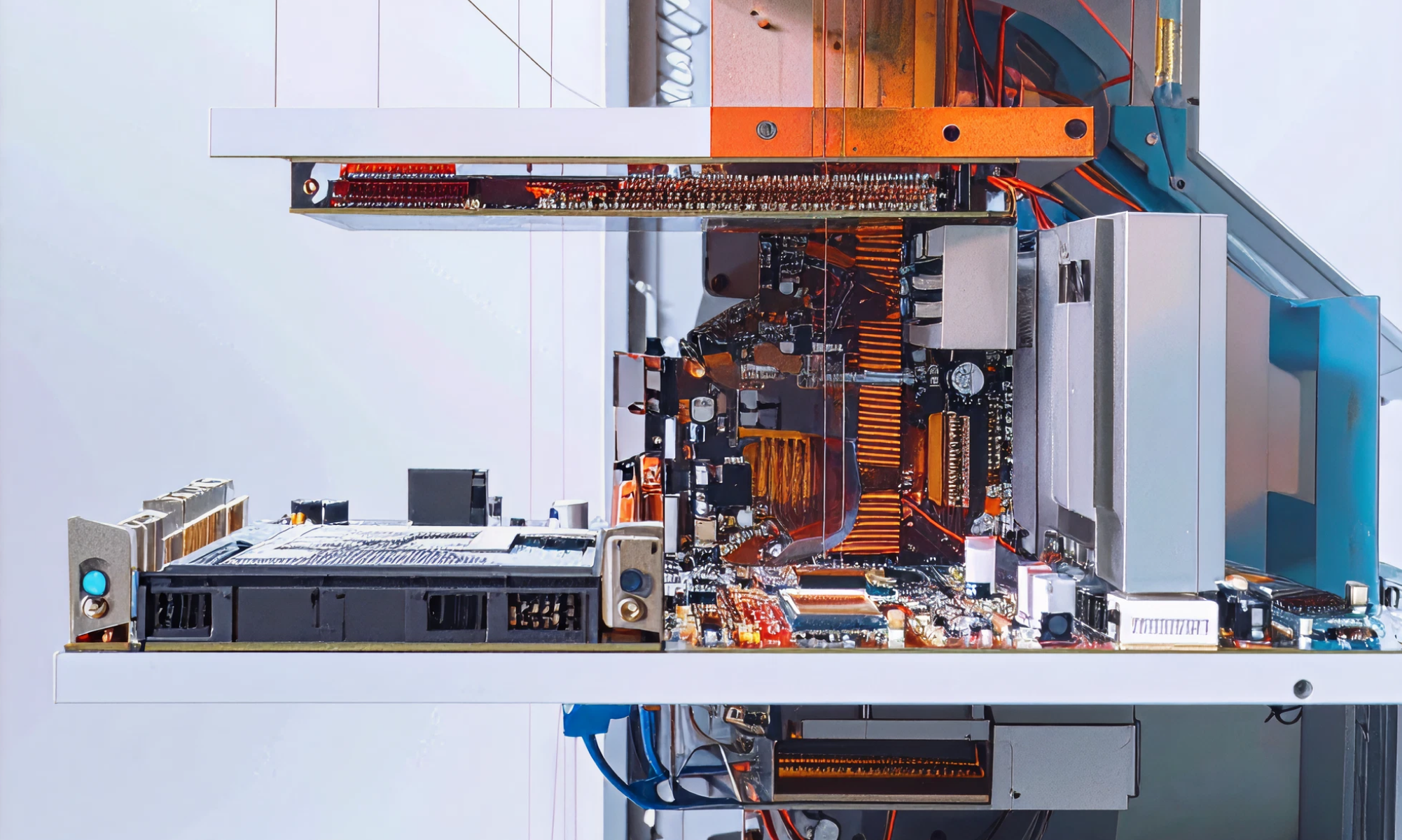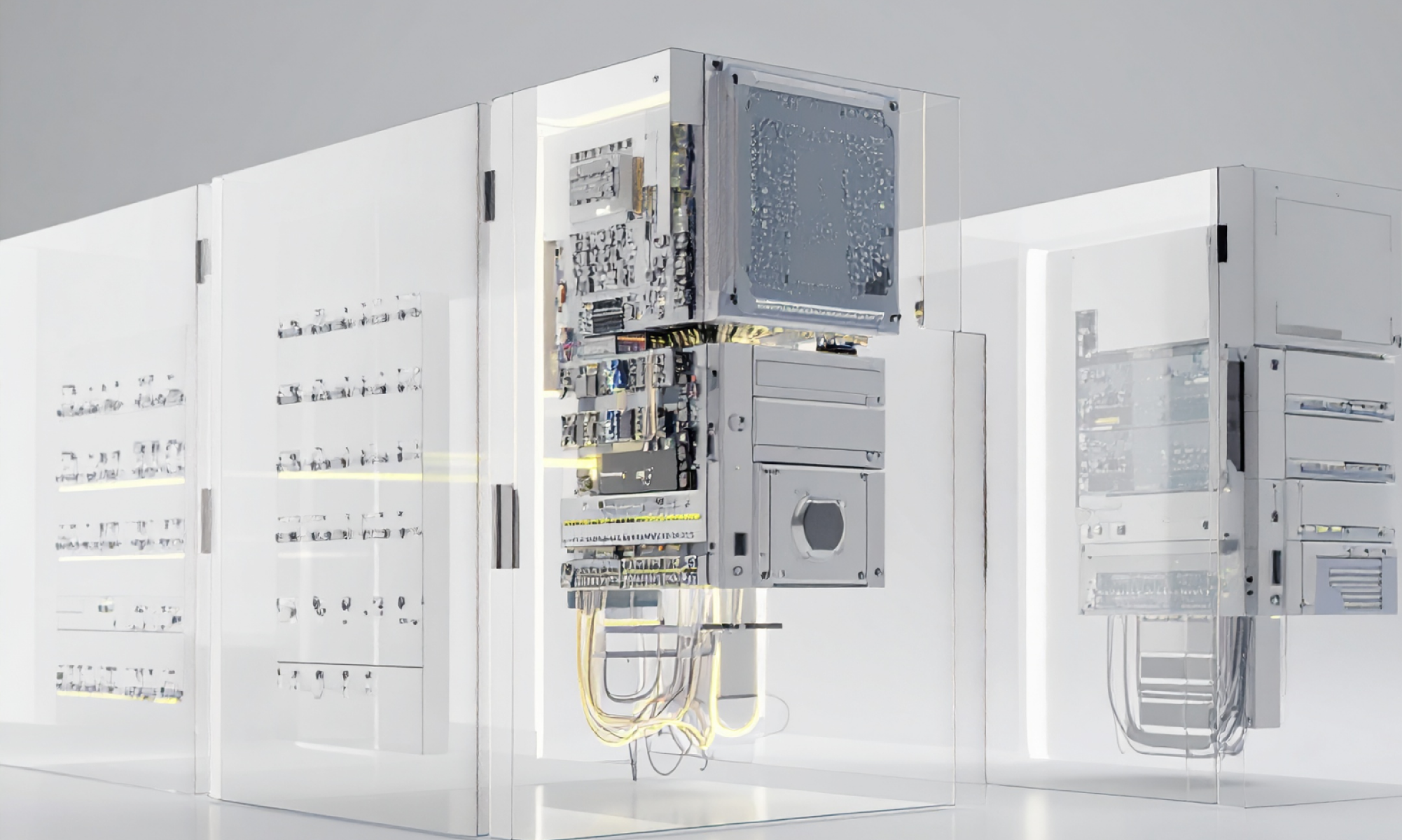AI
our blog
What Does “AI Native” Really Mean?

Being AI native means designing with AI from the start - shaping decisions, processes and workflows around where prediction and adaptability add value. It’s rethinking how your organisation operates when intelligence and adaptability are baked in from day one.
AI native businesses think differently. They move from rigid rules to probabilities, from pure automation to human / AI collaboration, from fixed logic to adaptive systems that learn over time. That mindset shift unlocks flexibility and resilience, making it easier to respond to market changes, customer expectations and operational pressures.
You can see it in action: forecasting demand as part of planning, spotting operational risks in real time, personalising every customer touchpoint, or building internal tools that evolve with use. Each of these examples reflects a broader truth: AI native organisations treat adaptability as a core strength, not a by product.
It’s not just for big tech. Size and budget matter less than clarity of purpose, smart use of data and a willingness to experiment. Some of the most effective use cases come from smaller teams that are able to move quickly, test ideas and apply learnings without being bogged down by layers of process. What holds companies back is usually legacy systems, siloed data, a fear of unpredictability, or trying to force AI into places it doesn’t belong. The challenge is often less about technology and more about culture - creating the space to explore, learn and adapt.
Getting there means starting small but thinking big. Build a culture that asks the right questions, treat AI as part of your product or ops DNA and focus on where insight genuinely moves the needle. It’s about building momentum through meaningful wins, creating trust in the technology and showing people across the business that AI can make their jobs easier, not harder.
At Studio Graphene, we help businesses go beyond AI as a feature. We map where prediction makes a difference, design tools that fit real workflows and build the confidence and capability to scale AI over time. For us, being AI native is about practical impact - embedding intelligence where it creates real advantage and helping teams grow into it with confidence.









